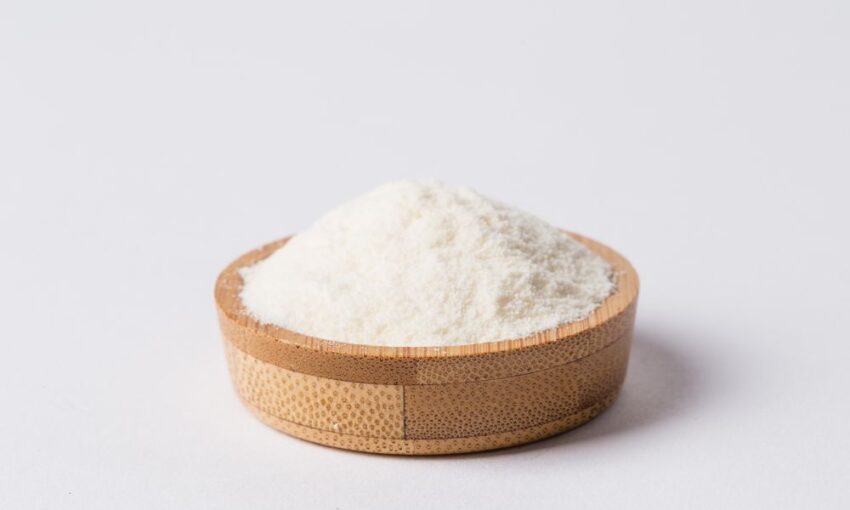Introduction
In the world of chemical engineering, Hydroxyapatite (HA) stands as a remarkable substance, renowned for its diverse applications and profound significance in various fields. In this comprehensive guide, we delve deep into the properties, synthesis methods, and applications of Hydroxyapatite, aiming to provide you with a profound understanding of this calcium phosphate compound.
Understanding Hydroxyapatite
What is Hydroxyapatite?
Hydroxyapatite, often referred to as HA, is a calcium phosphate mineral with a chemical formula represented as Ca<sub>10</sub>(PO<sub>4</sub>)<sub>6</sub>(OH)<sub>2</sub>. It is a naturally occurring mineral found in bones and teeth and is renowned for its excellent biocompatibility and bioactivity. This unique compound is the main inorganic component of bone tissue and plays a pivotal role in maintaining the structural integrity of bones.
Structure of Hydroxyapatite
The crystal structure of Hydroxyapatite is a hexagonal arrangement, which provides exceptional stability. It features calcium (Ca<sup>2+</sup>), phosphate (PO<sub>4</sub><sup>3-</sup>), and hydroxide (OH<sup>-</sup>) ions. This precise arrangement is vital for its remarkable properties, making it a valuable material in various scientific and engineering applications.
Synthesis of Hydroxyapatite
Natural Formation
Hydroxyapatite naturally forms in biological systems, primarily in the bones and teeth of vertebrates. It results from a complex biomineralization process, where calcium and phosphate ions are deposited to create a strong and resilient mineral structure.
Synthetic Production
In the realm of chemical engineering, Hydroxyapatite can be synthesized through various methods, including precipitation, sol-gel, and hydrothermal processes. These methods offer control over the particle size, morphology, and purity of the synthesized Hydroxyapatite powder , making it suitable for diverse applications.
Applications of Hydroxyapatite
Biomedical Applications
-
Dental Implants: Hydroxyapatite-coated dental implants promote osseointegration, ensuring a secure fit and long-lasting functionality.
-
Orthopedic Implants: In orthopedics, Hydroxyapatite coatings on implants enhance bone regeneration and reduce the risk of implant failure.
-
Drug Delivery: HA nanoparticles are used as carriers for controlled drug delivery, ensuring precise dosage and targeted treatment.
Tissue Engineering
-
Bone Tissue Regeneration: Hydroxyapatite scaffolds provide a three-dimensional structure for cell growth, facilitating bone tissue regeneration.
-
Cartilage Repair: HA-based composites are employed in cartilage repair, aiding in the restoration of joint function.
Environmental Applications
- Water Treatment: Hydroxyapatite is used in water treatment processes to remove heavy metal ions and phosphate pollutants.
Industrial Applications
-
Catalysis: HA-based catalysts find applications in various chemical reactions, thanks to their high surface area and stability.
-
Coating Materials: HA coatings are utilized to improve the corrosion resistance and biocompatibility of materials in industrial settings.
Conclusion
In this comprehensive guide, we’ve explored the world of Hydroxyapatite, from its chemical composition to its diverse applications. This calcium phosphate compound, with its unique properties and versatility, continues to play a pivotal role in fields ranging from medicine to environmental science. Its significance in chemical engineering cannot be overstated, making it a subject of continuous research and innovation. As we move forward, the profound impact of Hydroxyapatite on our world is poised to grow, offering new avenues for exploration and advancement in science and technology.


